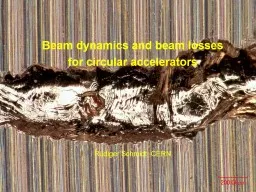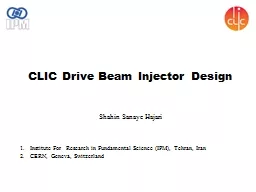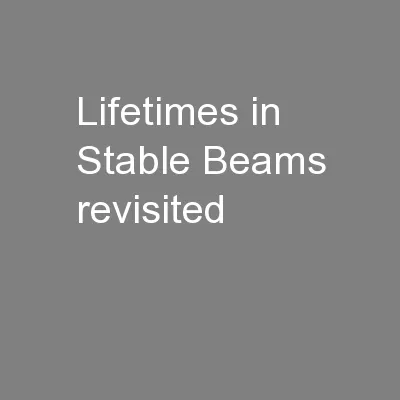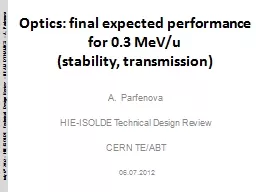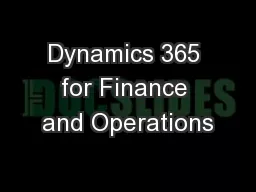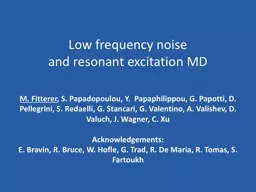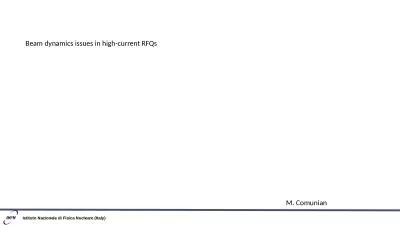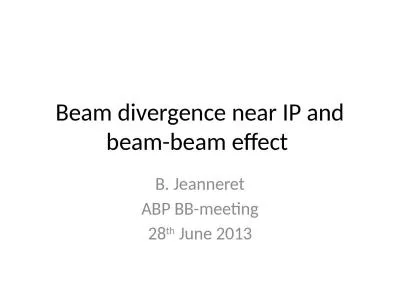PPT-1 Beam dynamics and beam losses
Author : lindy-dunigan | Published Date : 2020-04-05
for circular accelerators Rüdiger Schmidt CERN US Particle Accelerator School January 2017 Programme for the school What can go wrong What are the consequences
Presentation Embed Code
Download Presentation
Download Presentation The PPT/PDF document " 1 Beam dynamics and beam losses" is the property of its rightful owner. Permission is granted to download and print the materials on this website for personal, non-commercial use only, and to display it on your personal computer provided you do not modify the materials and that you retain all copyright notices contained in the materials. By downloading content from our website, you accept the terms of this agreement.
1 Beam dynamics and beam losses: Transcript
Download Rules Of Document
" 1 Beam dynamics and beam losses"The content belongs to its owner. You may download and print it for personal use, without modification, and keep all copyright notices. By downloading, you agree to these terms.
Related Documents

